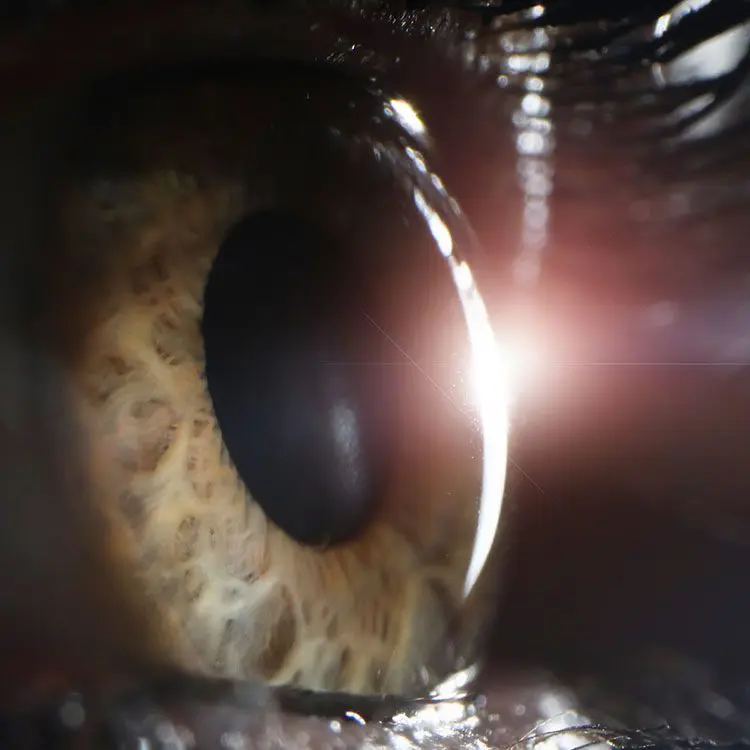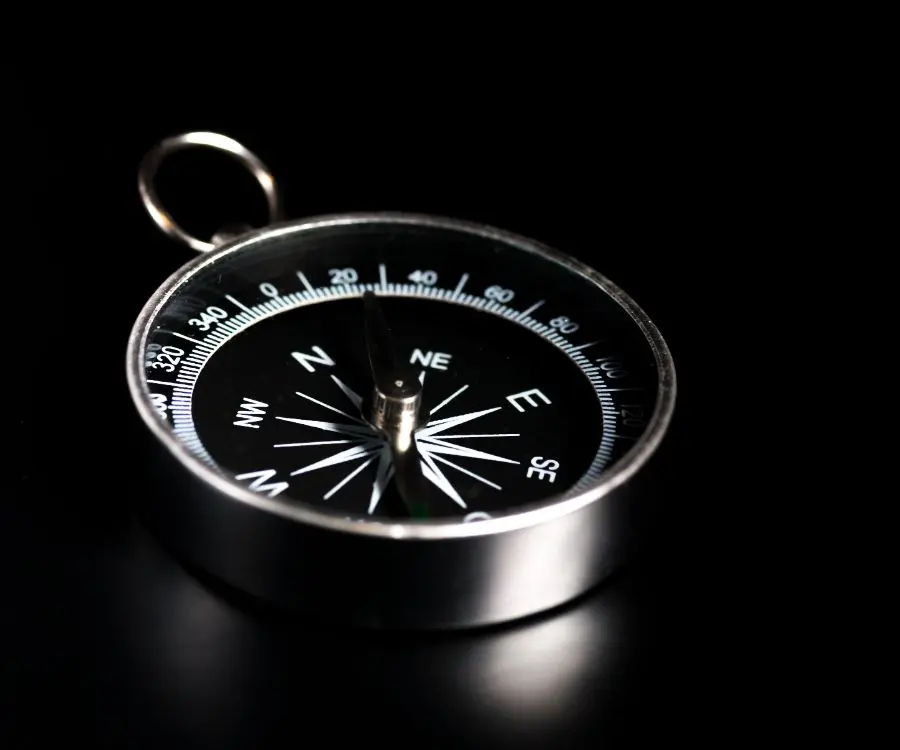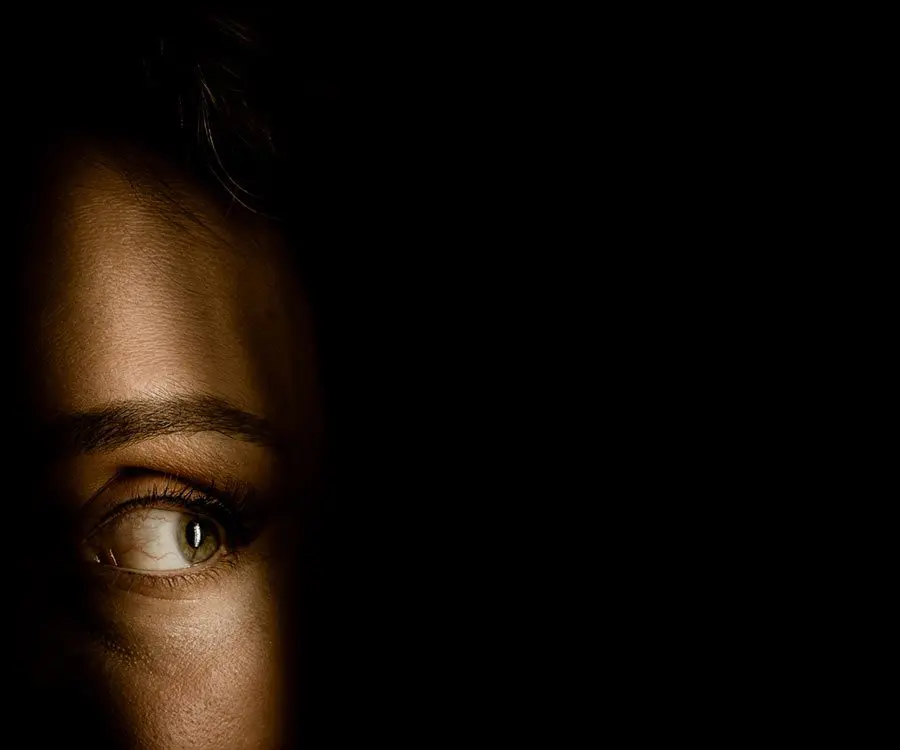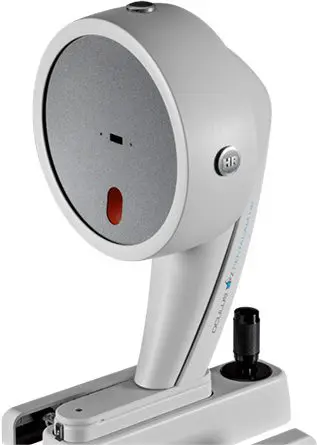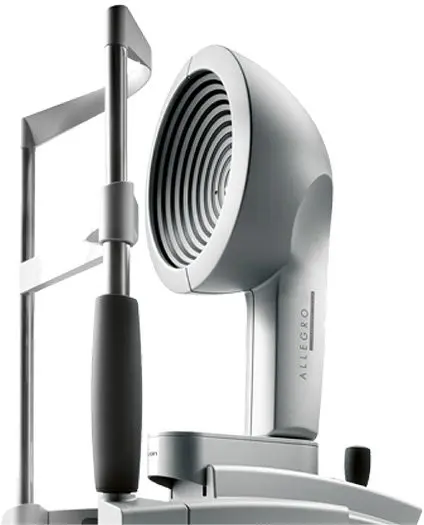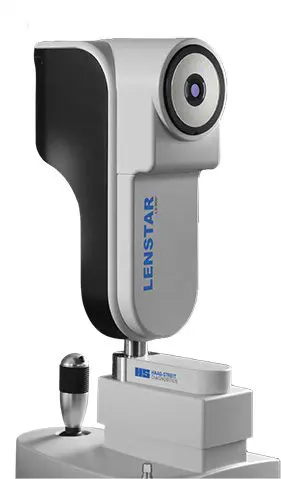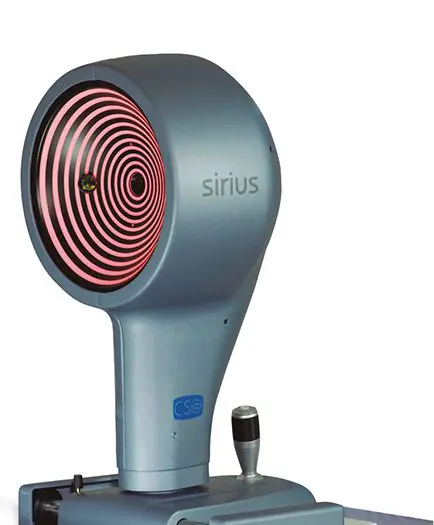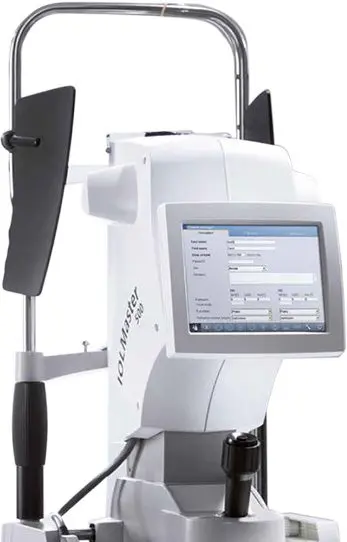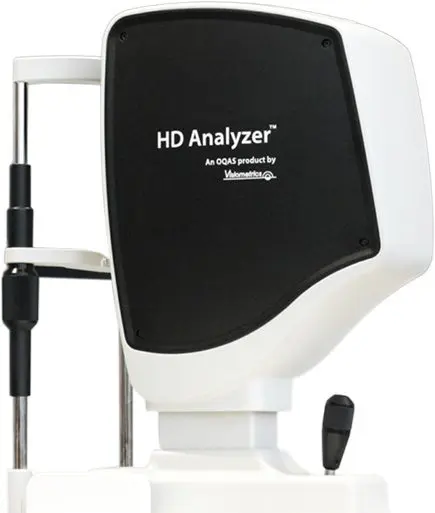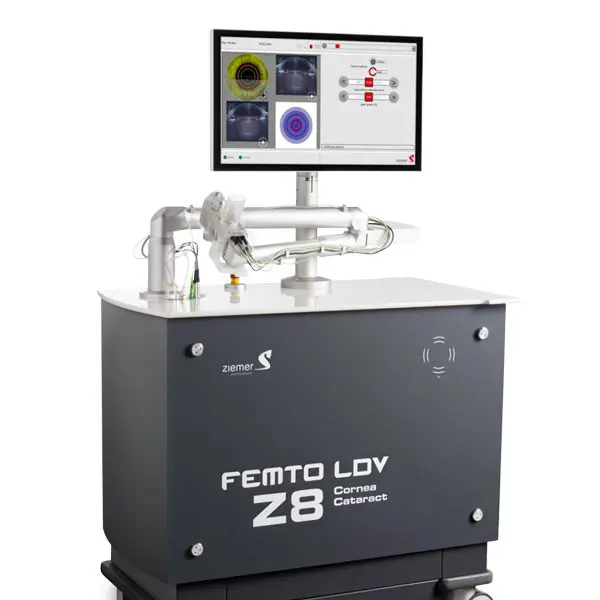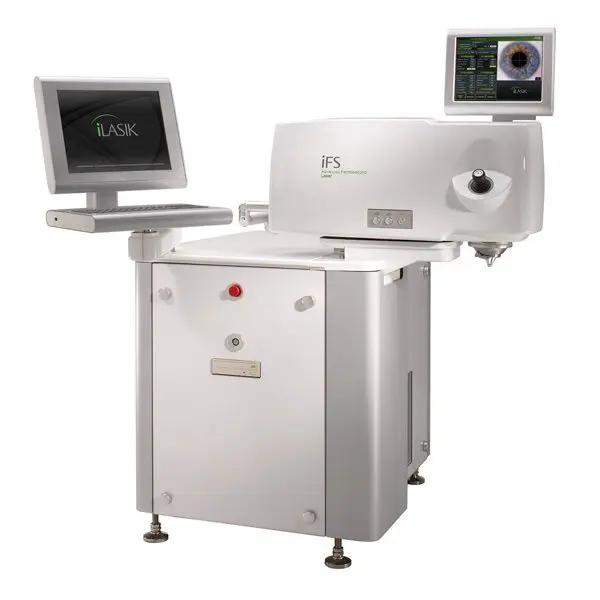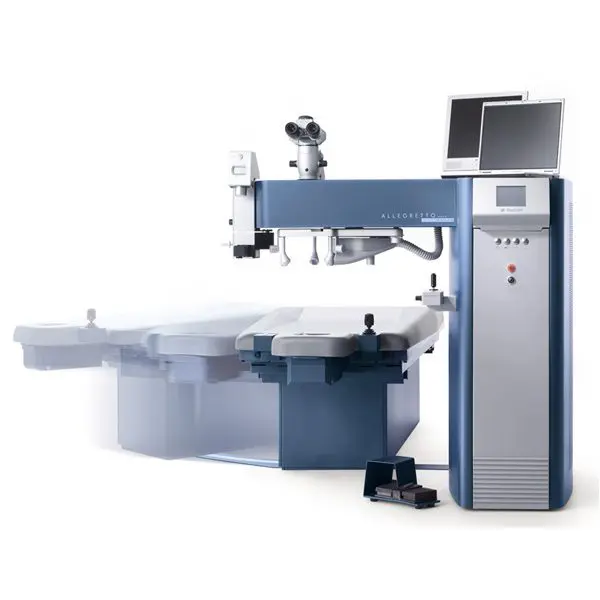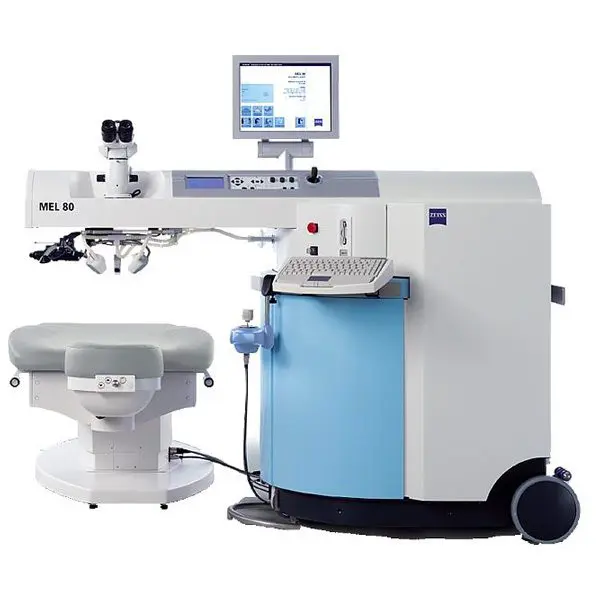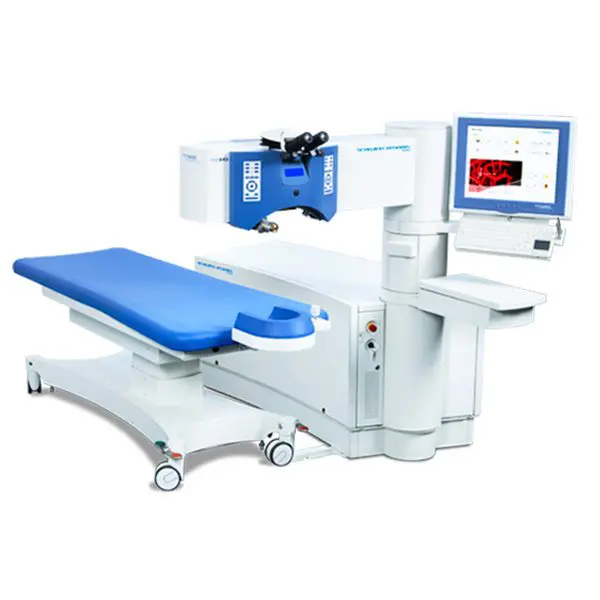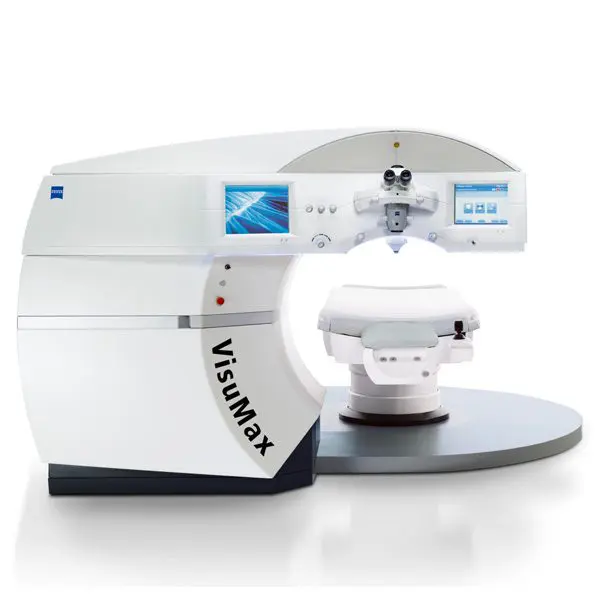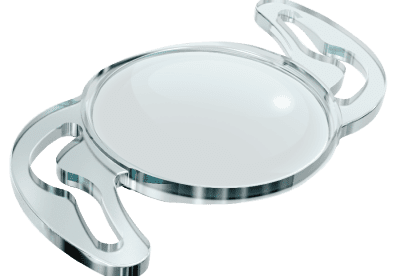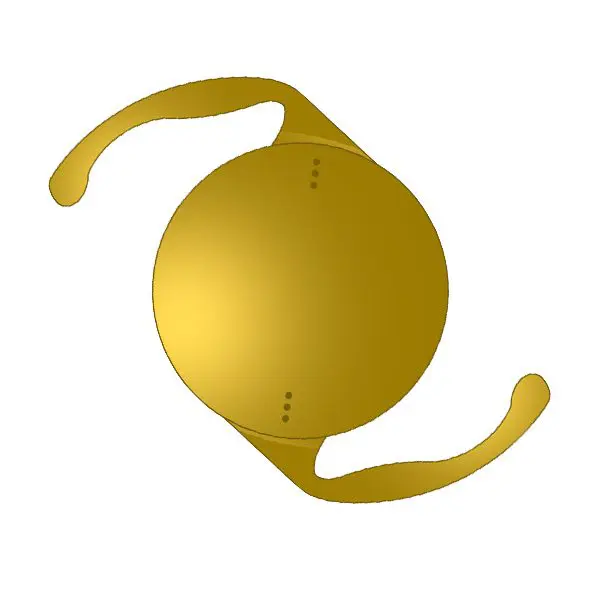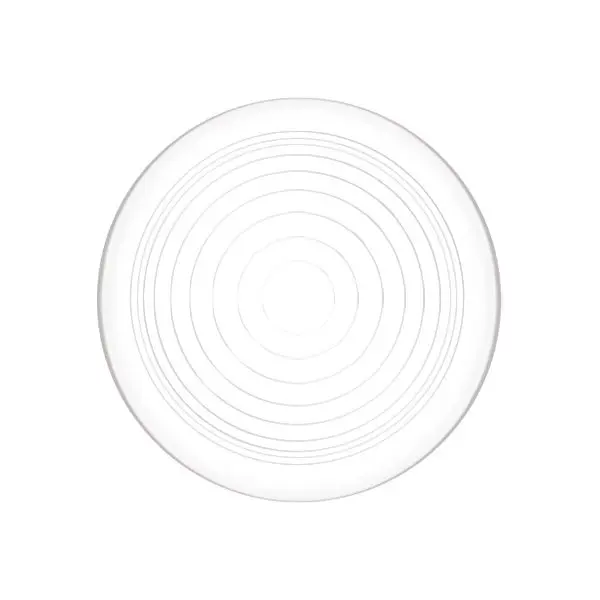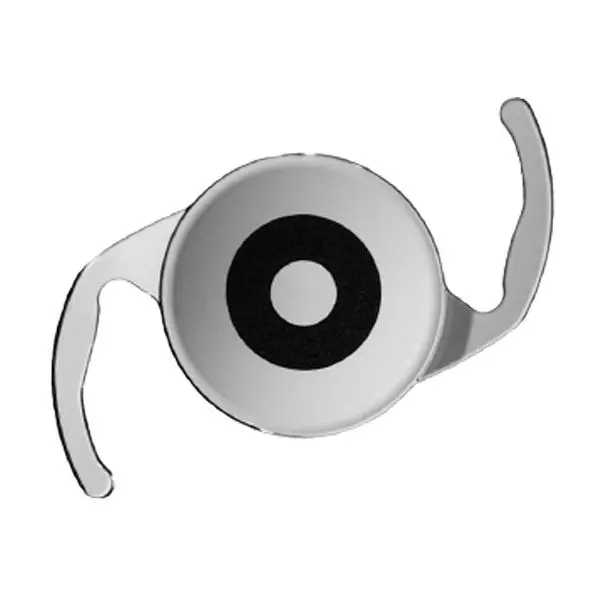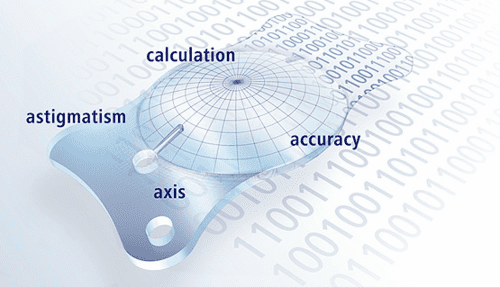Our Technology
Laser Vision surgeons hand select the latest ophthalmic equipment to ensure that your surgery can be performed safely and yield outstanding results
Safer and more accurate results.
Laser Vision is an independent organisation with the freedom to use any manufacturer of surgical instruments.
Our surgeons have close ties with many different suppliers and play an active role in the testing and development of new equipment. We constantly monitor and assess the quality of both our diagnostic and therapeutic equipment to ensure consistent and reliable results for our patients.
As members of the European Society of Cataract and Refractive Surgeons, our team of clinicians pride themselves on combining new-generation technologies with compassionate, individualised care.
